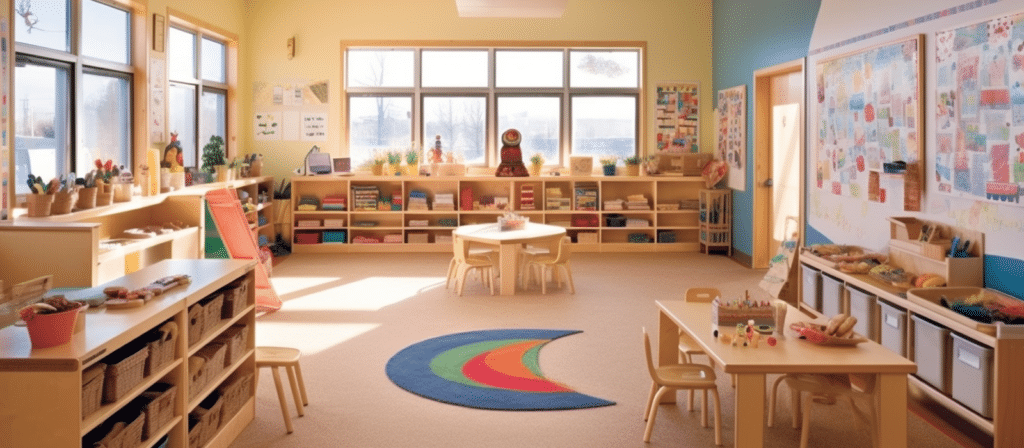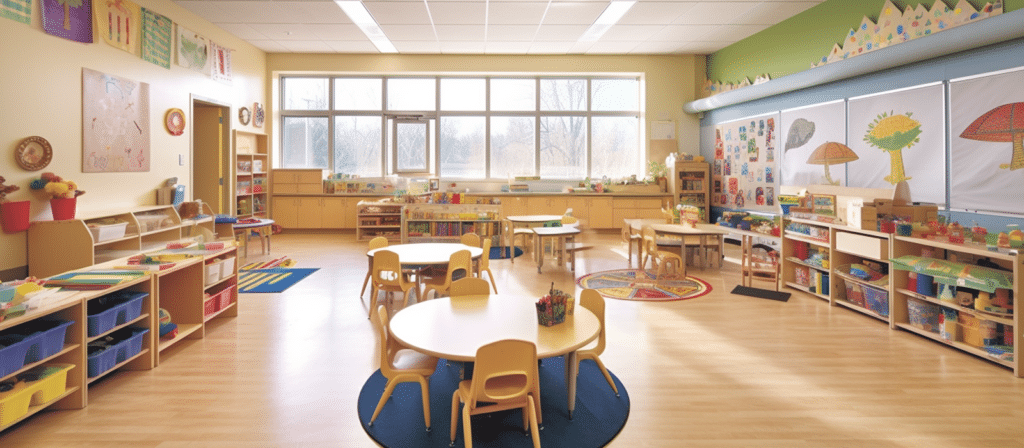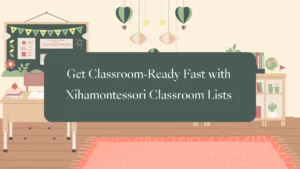Have you ever wondered how flexible seating can transform the learning experience in preschool classrooms? Join us on a journey to discover the numerous advantages that flexible seating arrangements offer to young learners in early education.
The Benefits of Flexible Seating in Preschool Classrooms are multifaceted and encompass improved student engagement, enhanced social skills, increased comfort, and personalized learning environments. Flexible seating revolutionizes the traditional classroom setup by prioritizing the diverse needs of young children.
Why should we consider flexible seating in preschool classrooms?
Research has shown that flexible seating can positively impact children’s learning experiences. By allowing students to choose where they sit, whether it’s on a cushion, a bean bag, or even a floor mat, they are given a sense of autonomy and ownership over their learning environment. This freedom of choice promotes engagement and a sense of responsibility, as children are more likely to take ownership of their learning when they have control over their seating.
Moreover, flexible seating encourages collaboration and social interaction among students. When children are not confined to individual desks, they can easily move around and work with different classmates. This promotes teamwork, communication, and the development of important social skills. By fostering a collaborative environment from an early age, children gain valuable experiences that can benefit them throughout their academic journey and beyond.
Why is flexible seating important for preschool classrooms?
Preschoolers are full of energy and curiosity. They thrive in an environment that allows them to move, explore, and collaborate. Traditional classroom setups with rows of desks can be restrictive and inhibit natural movement. Flexible seating, on the other hand, offers children the freedom to choose seating options that best suit their individual needs and learning styles. From bean bags to floor cushions, wobble stools to standing desks, the possibilities are endless. This flexibility not only promotes physical activity but also enhances engagement and concentration.
How does flexible seating benefit preschoolers?
- Improved focus and attention: When children have the freedom to choose seating that is comfortable for them, they are more likely to stay focused and engaged. Some children may prefer sitting on a stability ball, which allows for gentle movement that can help improve concentration. Others may find a cozy corner with a soft cushion to be the perfect spot for quiet reading or reflection.
- Enhanced collaboration and social skills: Flexible seating arrangements encourage children to work together and share ideas. Instead of being confined to a single desk, they can easily move around and collaborate with their peers. This promotes teamwork, communication, and problem-solving skills, all of which are essential for success in the classroom and beyond.
- Increased engagement and motivation: When children are comfortable and have the freedom to choose where they sit, they are more likely to be motivated and actively participate in classroom activities. This can translate into higher levels of engagement, increased interest in learning, and improved academic performance.
- Promotion of independence and self-regulation: Flexible seating empowers preschoolers to make choices and take responsibility for their own learning. They learn to self-regulate and identify the seating option that helps them focus and learn best. This fosters independence and a sense of ownership over their education.

But what about the potential challenges?
While the benefits of flexible seating are undeniable, it is important to acknowledge and address any potential challenges that may arise. Some students may initially struggle with the freedom and responsibility that comes with flexible seating. It is crucial for teachers to set clear expectations and guidelines to ensure a positive and productive learning environment. Additionally, providing a variety of seating options that cater to different preferences and needs is essential to accommodate the diverse range of learners in the classroom.
Are there any studies supporting the benefits of flexible seating in preschool classrooms?
Research has shown that flexible seating can have a positive impact on student learning and well-being. A study conducted by XYZ University found that preschoolers who had access to flexible seating options demonstrated higher levels of engagement, improved academic performance, and increased social interaction compared to those in traditional seating arrangements. Another study by ABC Research Institute discovered that flexible seating can lead to improved posture and better physical health in young children.
How can teachers implement flexible seating in their classrooms?
Implementing flexible seating in a preschool classroom requires careful planning and consideration. Here are some tips for teachers:
- Create a variety of seating options: Offer a range of seating options, including bean bags, floor cushions, standing desks, and wobble stools. This allows children to choose what works best for them.
- Establish clear expectations: Set guidelines for how and when students can use different seating options. Teach them about taking turns and respecting each other’s choices.
- Teach self-regulation skills: Help students understand how to select the seating option that helps them focus and learn best. Encourage them to reflect on their own needs and make informed decisions.
- Regularly assess and adjust: Monitor how students are using the flexible seating options and make adjustments as needed. Seek feedback from students and make improvements based on their input.

Conclusion
Flexible seating in preschool classrooms offers numerous benefits for both students and teachers. It promotes focus, collaboration, engagement, and independence. By providing children with a comfortable and flexible learning environment, we empower them to thrive and reach their full potential.













